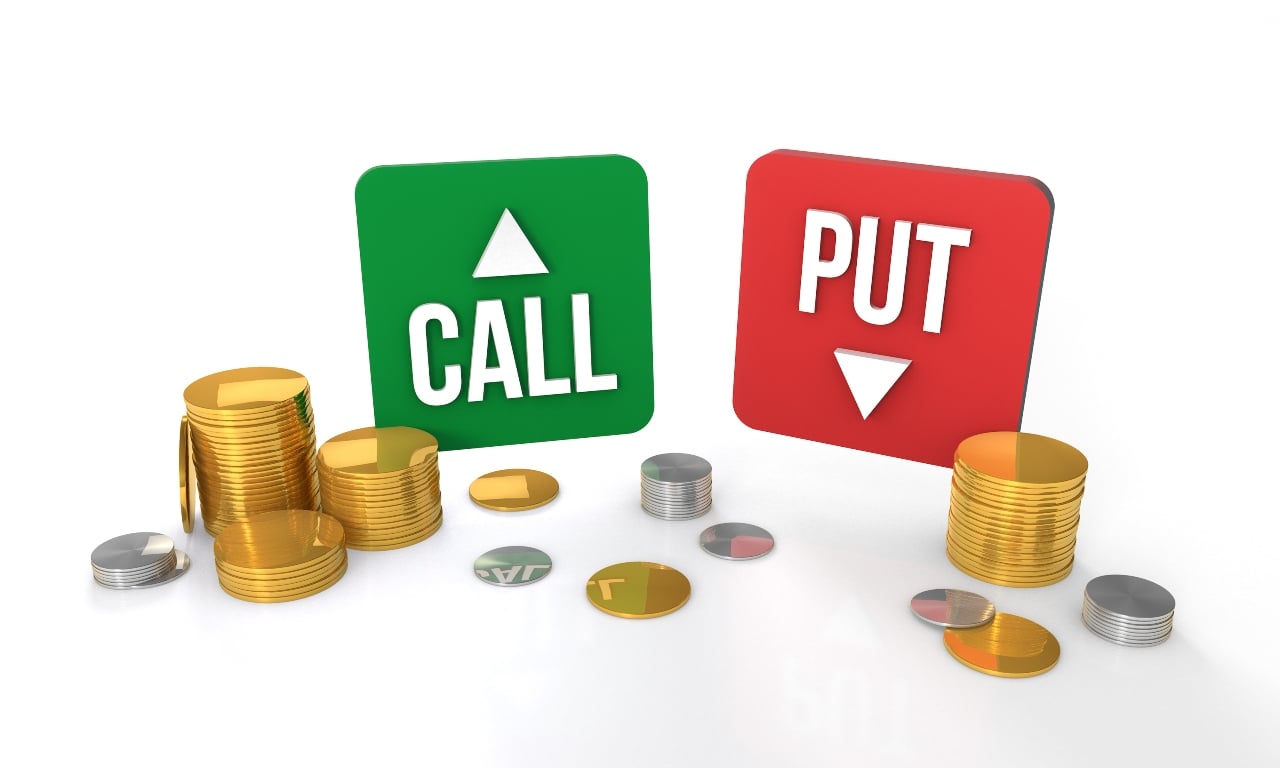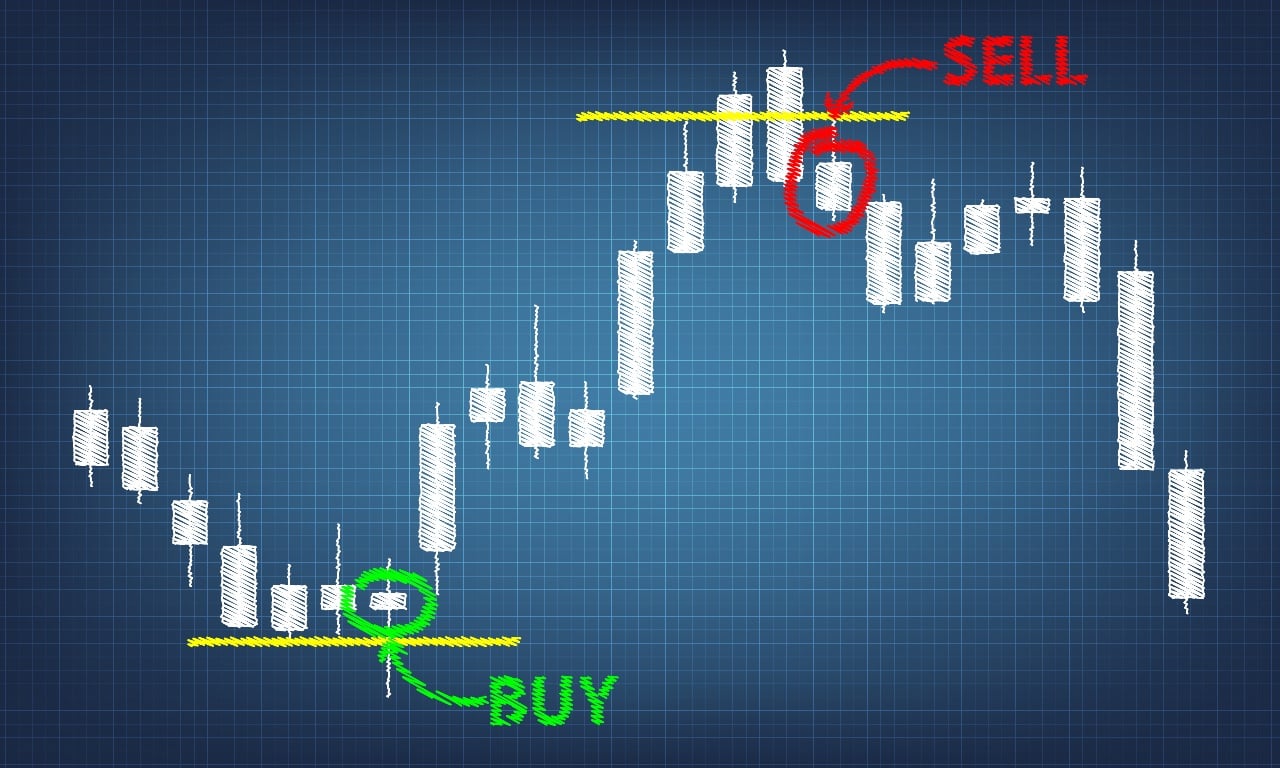The commodity market is a highly volatile market because it’s not only influenced by supply and demand but by other factors such as liquidity, natural disasters, and international politics. The risk-return ratio from this volatility makes it more attractive to traders than other financial markets.
Here are 3 commodity trading tips to help you navigate the risks of trading in this market.
1. Understand the factors that affect commodity prices
Commodities are cyclical, meaning their prices move in repeating patterns or recur at regular intervals. And with supply and demand as the main price drivers, they are considered much more volatile compared to forex and stocks for example. Additionally, they are highly affected by economic, political, and natural disasters.
Economic
A country’s economic status can affect commodity prices as it determines the purchasing strength of its population. During weak economic times, commodities are less in demand, resulting in lower prices, while a boom in the economy can increase demand, resulting in higher prices.
When disruptions in supply occur in countries that are major producers of a particular commodity, the price change of that commodity is higher.
Political
Political uncertainty and geopolitical events in certain regions, such as social unrest like riots and protests and closures of key transport routes, can severely affect a commodity’s supply cycle. These events usually lead to production and transportation challenges, causing a shortage of supply, resulting in more volatility.
Examples of such events include the trade dispute between the U.S. and China, which led to higher tariffs, and the tensions in the Middle East, which resulted in disruptions in oil supply and higher prices.
Natural disasters
Natural disasters and extreme weather fluctuations can negatively affect natural resource production and transportation. Typhoons, for example, can destroy crops, affecting the supply chain, causing lower supply, and market price hikes later on.
2. Do an in-depth market analysis
As commodity markets are volatile in nature, both beginners and seasoned traders must monitor their price movements closely before making a trade.
There are two types of analysis that traders use to check how a commodity market performs — fundamental and technical analysis. Here’s a brief explanation of what these are:
Fundamental analysis
Fundamental analysis evaluates the intrinsic or ‘true’ value of an asset and determines the factors that may affect it in the future. This analysis takes into consideration external events and influences along with financial records and market trends. Traders and investors use fundamental analysis to gather information based on financial data to make rational decisions before opening positions as well as to limit personal biases.
Technical analysis
Technical analysis uses historical price charts and market statistics to examine and predict price movements in financial markets. The idea is that by investigating previous market patterns, traders can more accurately forecast future prices. Traders use technical analysis to develop or improve their trading strategies and determine the best time to enter and exit a market.
3. Befriend the market trends
Market trends, whether short-term or long-term, can provide insight into potential market movements. Generally, a trend represents how the price of an asset or the commodity market is moving. An uptrend occurs when prices are rising, and a downtrend occurs when prices are declining.
In commodity trading, traders take advantage of trends to better strategise their trades as they present higher chances of possible gains since prices tend to move in the same direction. This allows them to shift the odds in their favour and maximise their potential profits.
How to trade commodities on Deriv
On Deriv, you can speculate on the price movements of commodities with CFDs or options without actually buying or owning the underlying asset.
With CFDs, you predict whether the price of an asset, gold, for example, will rise or fall.
Go long
If you think the price of gold will go up against the US dollar (USD), you can buy a CFD and get a profit from that rise if the market moves according to your prediction.
Go short
If you think the price of gold will go down, you can sell a CFD and profit from that fall if the market moves according to your prediction.
An advantage of trading commodities with CFDs is you can keep your position open until you decide to close it. However, you’ll know your profit or loss only when you close your position.
Here’s a list of the available commodities that you can trade with CFDs.
| Metal | Energies |
|
Silver/USD Gold/USD Palladium/USD Platinum/USD Aluminium/USD Copper/USD Nickel/USD Lead/USD Zinc/USD Silver/Euro Gold/Euro |
Brent crude oil West Texas Intermediate Natural gas |
You can trade commodities with CFDs on Deriv MT5 and Deriv X. To do so, you must first create a Deriv MT5 or Deriv X account.

With options, you can predict the price movement of a commodity in three ways — Up/Down, In/Out, and Touch/No Touch.
Up/Down
With Up/Down, you have two options — Rise/Fall and Higher/Lower.
Rise/Fall lets you predict whether the exit spot will be higher or lower than the entry spot at the end of the contract period.
Higher/Lower lets you predict if the exit spot will be higher or lower than a target price (the barrier) at the end of the contract period.
In/Out
With In/Out, you also have two options — Ends Between/Ends Outside and Stays Between/Goes Outside.
Ends Between/Ends Outside lets you predict whether the exit spot will be inside or outside two price targets at the end of the contract period.
Stays Between/Goes Outside lets you predict whether the market will stay inside or go outside two price targets at any time during the contract period.
Touch/No Touch
With Touch/No Touch, you predict whether the market will touch or not touch a target price at any moment during the contract period.
An advantage of trading commodities with options is you set the duration of your trade in advance and you already know your potential profit or loss when you open a position.
You can trade commodities with options on DTrader, DBot, and SmartTrader.
Want to read more about commodities? Check out our What are commodities? blog. Practice trading commodities risk-free, by creating a demo account that comes pre-loaded with 10,000 USD virtual money.
Disclaimer:
Options trading, Deriv X, DBot, and SmartTrader platforms are not available for clients residing in the EU.
This information is intended for educational purposes only and it is not intended as financial or investment advice.

